Updated: Jul 06, 2023 By: Dessign Team
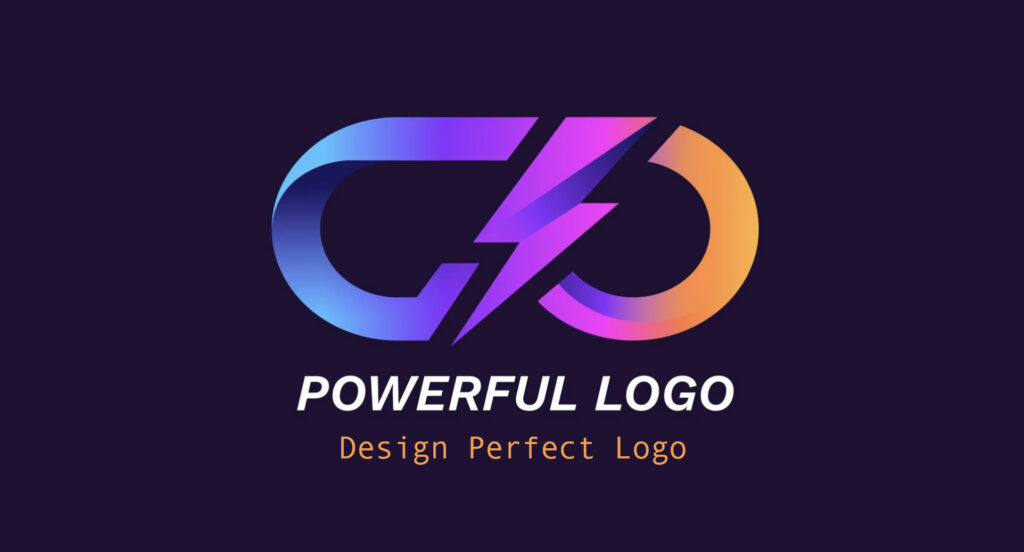
Designing a logo can feel like a daunting task, but with the right approach and understanding, it can be a smooth process. A logo represents a brand’s identity and plays a crucial role in making a powerful first impression. In these introductory paragraphs, we will discuss some important facets to consider when creating a logo to effectively convey your brand message.
It is essential to research your target audience and competitors in the industry to identify the trends and standards of the market for logo design. This information will guide you in creating a unique and impactful logo that sets your brand apart.
Taking the time to understand color psychology, typography, and symbolism will also contribute to creating a meaningful and memorable design that resonates with consumers.
Additionally, simplicity and versatility should be prioritized in the design process. A clean and uncomplicated logo ensures easy recognition and quick interpretation, while versatility allows it to be used across various platforms and mediums without losing its essence or impact.
Boasting these qualities, your logo will become a strong component of your brand’s visual identity.
Understanding Your Brand
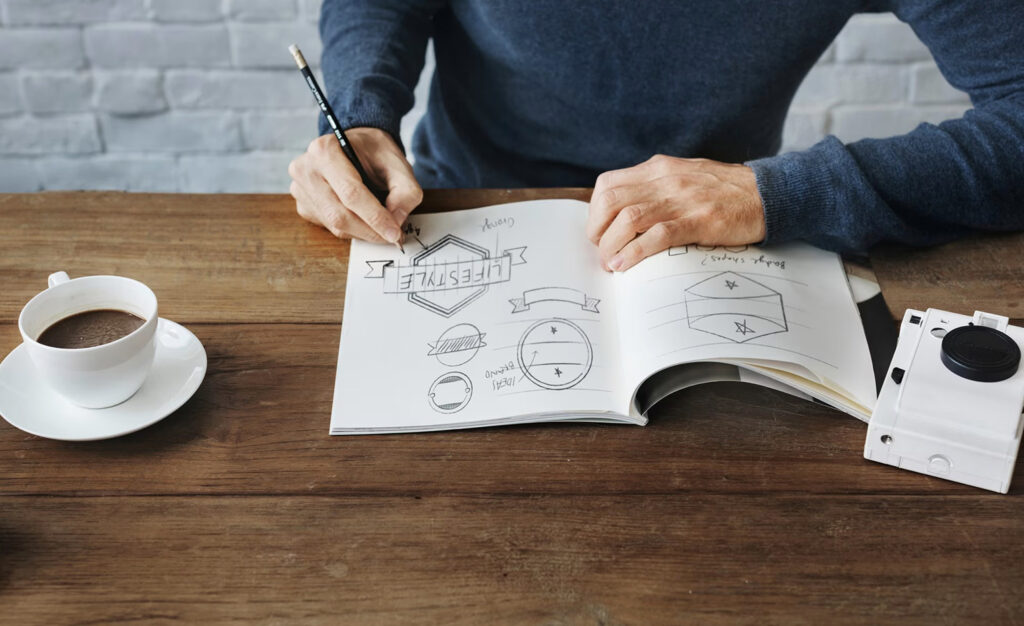
Target Audience
When designing a logo, it’s essential to consider your brand’s target audience. Think about the demographics, preferences, and needs of the customers you want to reach. Your logo should be crafted to resonate with this group, as it will play a significant role in your brand’s identity.
Company Values
Your brand’s values form the foundation of your business, and your logo should reflect them. A well-designed logo communicates these values to your audience, reinforcing your brand identity. Take time to list your company values and think about how they can be incorporated into your logo through color, shape, and symbolism.
Message and Personality
A memorable logo conveys the message and personality of your business. Consider the core message you want to communicate, and think about the personality traits your brand embodies. Use elements like typography, color, and style to create a cohesive representation of your brand’s tone, making it recognizable and consistent.
By focusing on your target audience, company values, message, and personality, you can create a logo that effectively represents and enhances your brand’s identity. A well-designed logo will not only be memorable but also an essential part of your business’s overall brand strategy.
Logo Design Elements

Shapes and Symbols
When designing a logo, incorporating shapes and symbols can effectively represent a brand’s identity. Shapes serve as the foundation of the logo, and their meanings can influence a brand’s message. For example, circles symbolize unity and completeness, while triangles suggest stability and power.
Simple shapes can be combined or manipulated to create distinctive forms. Experimenting with symmetry, geometrical forms and patterns can result in a memorable logo design.
Typography and Fonts
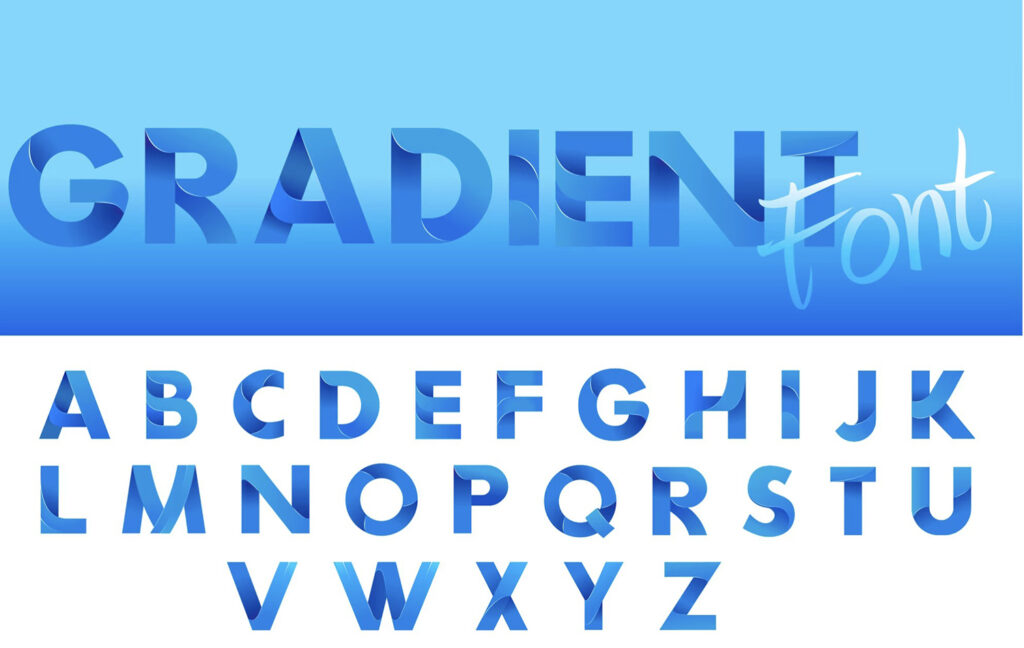
Selecting the right typography and fonts is crucial in logo design. Each typeface or font conveys a unique voice and character. Logo fonts are typically divided into three categories:
- Serif fonts: These fonts have decorative strokes at the end of their letters and provide a sense of tradition and elegance.
- Sans-serif fonts: With a more modern appeal, sans-serif fonts lack the decorative strokes of serif fonts.
- Script fonts: Mimicking handwriting, script fonts often communicate creativity, elegance, or personal touch.
It’s essential to consider the brand personality, target audience, and industry when selecting logo fonts. Sometimes, it’s appropriate to use a combination of fonts for the company name and slogan, as long as the overall design remains cohesive.
Color Palette
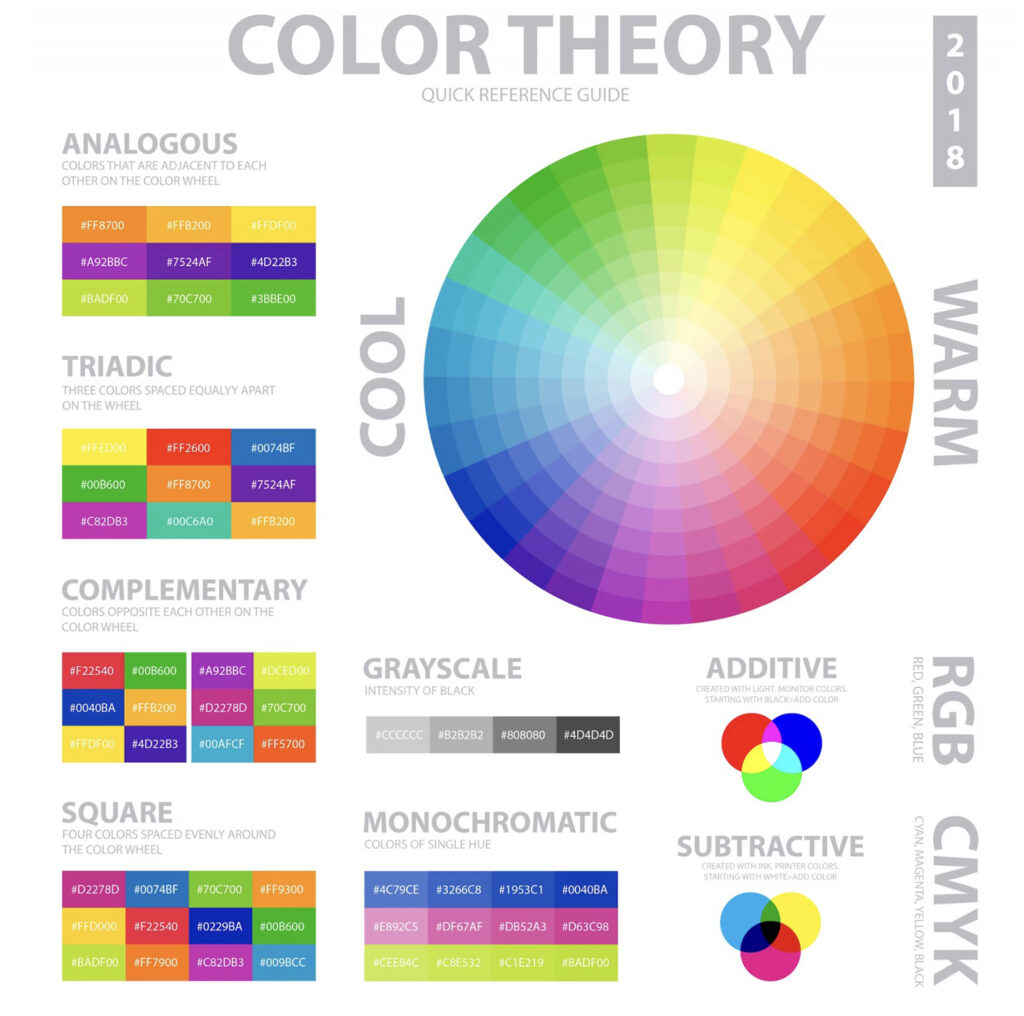
Colors play a vital role in logo design, as they can evoke emotions and create a visual impact. Choosing the right color palette is essential to represent the brand’s essence effectively. A few tips for selecting logo colors include:
- Stick to a limited number of colors: Usually, two to three colors suffice.
- Consider color psychology: Different colors can evoke various emotions and associations, so it’s crucial to align them with the brand’s message.
- Ensure good contrast: Combining logo colors with sufficient contrast enhances readability and visibility.
- Test color combinations: Testing the logo in various color combinations allows designers to determine which combination communicates the brand’s message best.
To sum up, when designing a logo, focus on incorporating shapes and symbols, selecting the appropriate typography and fonts, and choosing the right color palette while adhering to the brand’s personality and industry standards. Keep the design simple and avoid exaggerated or false claims to create a lasting and effective logo.
Design Styles and Inspiration

Design Style Types
When designing a logo, it’s essential to consider various design styles that align with the brand’s values and identity. Some common design style types include:
- Simplicity: Simple logos create a professional and clean look that can be easily recognized by the audience.
- Organic: Logos with organic shapes and elements convey a natural and friendly vibe that can resonate with a target audience.
- Vintage: A vintage style logo can evoke nostalgia and authenticity, connecting the brand with a rich history.
- Luxurious: A luxurious logo design uses high-quality materials, distinctive shapes, and elegant font choices to convey luxury and exclusivity.
Mood Boards
Creating a mood board can be an invaluable step in the logo design process. A mood board is a compilation of images, symbols, colors, and other elements that inspires the designer and helps establish the brand tone and logo direction. By brainstorming and collecting these components, designers can identify common trends or themes and focus on developing a cohesive and effective logo design.
Competitive Analysis
A competitive analysis is a critical part of logo design as it allows a designer to explore the competition’s visual landscape. This process involves studying competitors’ logos, identifying what works well and areas for improvement. A thorough competitive analysis can help create a unique and attention-grabbing logo that stands out, making a strong first impression on the audience.
Logo Design Process

When designing a logo, there are various stages to consider for achieving a creative and effective outcome. This guide will take you through the essential phases of logo design: Sketching, Customization, and Finalizing the Design.
Sketching
In the sketching phase, the designer’s creativity is unleashed. It’s crucial to produce a variety of rough logo concepts with different visual elements in order to have a broad selection of ideas to choose from. Professional designers usually begin by creating hand-drawn sketches to explore various shapes, layouts, and concepts. Sketching allows for an exploration of ideas and ensures the most fitting choice is made for your logo.
Customization
Once the sketches have been reviewed, the customization stage begins. This involves using a logo editor or logo maker software to refine the chosen concept and transform it into a vector-based draft. Programs like Illustrator or Canva can be used to create adjustable designs with flexibility and scalability in mind.
In this phase, it’s important to:
- Select the right typeface that aligns with the brand’s personality
- Choose appropriate colors that evoke the desired emotions
- Ensure the design is simple, yet distinct
Some useful tools throughout the customization process include:
- Logo templates: These provide a helpful starting point for any design, as they offer pre-designed, customizable layouts and elements.
- Logo creator: These online tools offer intuitive user interfaces that enable users to create a logo from scratch, with various design elements such as icons, shapes and text customization options.
Finalizing the Design
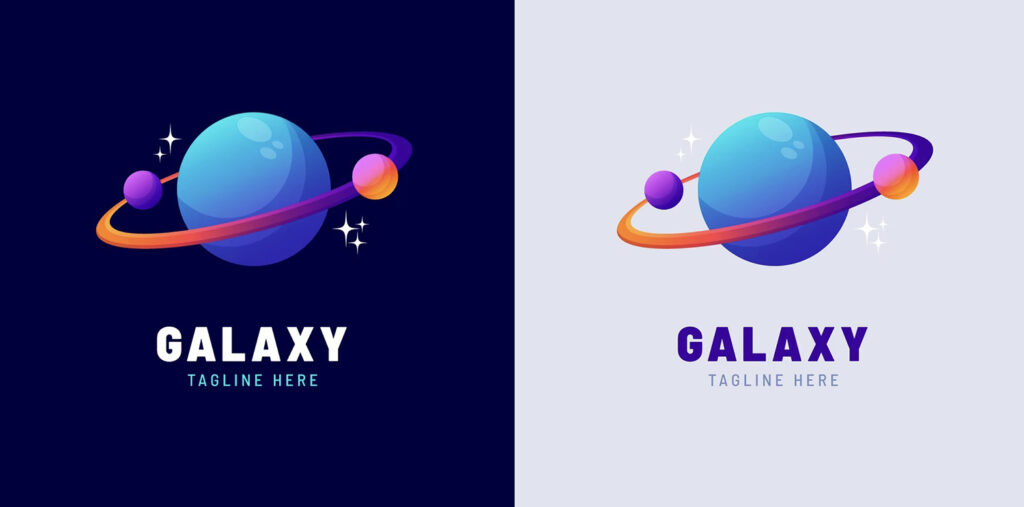
In the final phase, the design is polished and perfected. This typically involves:
- Adjusting the layout for better visual balance
- Testing color variations for maximum impact and legibility
- Ensuring that the design looks good in both small and large sizes
Once the logo is finalized, it’s essential to export the design into various file formats, such as vector files (AI, EPS, or SVG) and raster files (PNG and JPEG). Vector files are especially important, as they maintain the design’s quality at any size, and they are fully editable.
In conclusion, the logo design process involves three main steps – sketching, customization, and finalizing. By adhering to these steps and utilizing the mentioned tools and tips, anyone can create a unique and impactful logo that stands out from the competition, whether created by a professional designer or a do-it-yourself approach.
Logo Files and Formats
File Types
There are various file types to consider when designing a logo, as each has its own merits. Some of the most common formats include:
- PNG: This raster format is ideal for web design use because it compresses images without losing quality, supports transparent backgrounds, and is widely supported.
- JPEG / JPG: Also a raster format, JPEGs are better suited for photographs and tend to be smaller in file size. They do not support transparency, which may not be ideal for logo designs.
- SVG: Scalable Vector Graphics are excellent for logos as they are resolution-independent and can be scaled without losing quality. They are also easily editable.
- PDF / EPS: These vector formats are useful for printing purposes, as they retain high-resolution quality and can be edited in graphic design software.
Resolution
Resolution is a crucial aspect of logo design. High-resolution images or vector files should always be used to maintain the logo’s clarity and crispness, regardless of the size. Raster images (such as JPEGs or PNGs) are resolution-dependent and may appear pixelated if scaled improperly. On the other hand, vector files (such as SVG, PDF, or EPS) are resolution-independent and can be resized without any loss of quality.
Transparent Backgrounds
Utilizing transparent backgrounds in logos allows them to be easily placed on various surfaces (like social media platforms such as Facebook or email signatures) without any restrictions. Transparent backgrounds are typically achieved using formats like PNG or SVG, enabling seamless integration of the logo and the environment where it is placed.
Remember to save your logo design in the appropriate file format to meet your needs. For web use, opt for a PNG or SVG, while for printing, choose a PDF or EPS. Consider multiple color variations, like black and white, to accommodate different uses.
Testing and Feedback
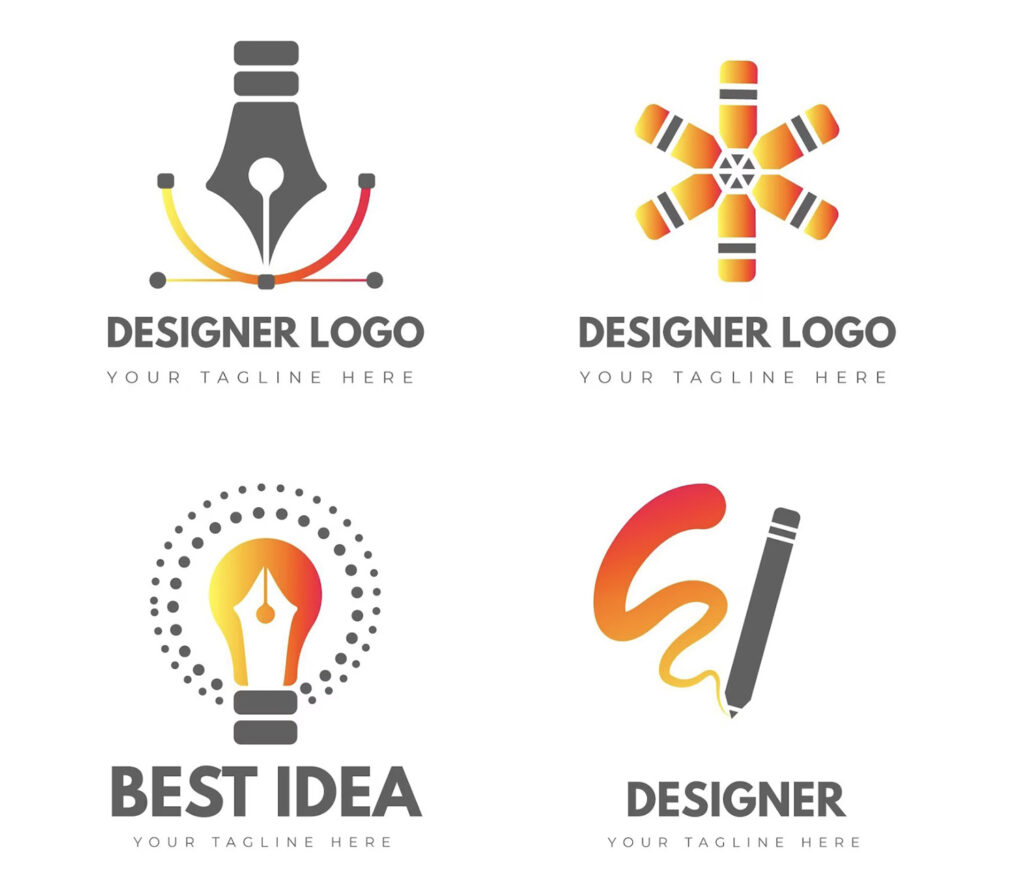
Checking Versatility
When designing a logo, it is important to consider its versatility. A well-designed logo should be adaptable to various uses, from print materials to digital platforms. Testing different layouts and formats can help ensure the logo’s flexibility. For example, assess how the logo performs on different backgrounds, in black and white, and at different sizes. The shape and composition of the logo should maintain its readability and recognition at any scale.
Consider the success of the logo in the context of the company’s industry. Analyze the use of text, symbols, and colors to ensure they effectively represent the brand. Evaluate examples of competitors’ visual identities to create a logo that stands out within the industry.
Audience Reaction
Another crucial aspect of logo design involves gathering feedback from the target audience. Their reaction can provide valuable insight into the logo’s ability to convey the desired message and evoke trust. Conducting surveys and focus groups can be an effective way to gather audience feedback. This helps in understanding the logo’s impact on brand recognition and the audience’s emotional connection with it.
Take the time to refine the logo based on feedback received. It is important to strike a balance between the company’s vision and audience preferences. The branding content, including the logo and company name, should appear harmonious and create a sense of authenticity that resonates with the target market.
Once the logo has undergone thorough testing and approval, ensure all stakeholders and partners are on board with the final version. This can help create a strong and timeless visual identity that contributes to the overall success of the brand.
Using Your Logo

Branding Materials
When using your logo, it’s essential to take care of its integration with various branding materials. Your logo should be featured prominently on business cards, letterheads, and other print materials. Ensure that you choose professional and high-quality templates for these elements, as they can heavily influence the perception of your brand.
Consider your target market and ideal customer when designing your branding materials. Be sure to select logo fonts and colors that align with your company’s values and appeal to your intended audience. Avoid using too many edits or unnecessary embellishments; this can confuse your customers and undermine the effectiveness of your logo.
Social Media Profiles
Social media platforms offer an excellent opportunity to showcase your logo and build brand recognition. Most platforms provide multiple options for customizing your profile, so utilize these features to prominently display your logo. It’s crucial to adapt your logo for each platform while maintaining consistency in design and messaging.
When selecting profile images and cover photos, choose high-resolution options to ensure your logo remains clear and easily recognizable. Additionally, make good use of the provided templates for each platform, as they can enhance your logo’s presentation on social media. For premium or commercial profiles, consider investing in professionally designed templates to give your brand a polished appearance.
Remember to remain active on your social media accounts and regularly engage with your customers, responding to any questions or feedback they may have about your brand or products. This ongoing interaction will help establish trust and credibility while reinforcing the association of your logo with your company.
Frequently Asked Questions
What are the key principles in creating a logo?
When designing a logo, there are several key principles to consider. First, simplicity is critical, as simple logos can be easily recognized and remembered. Second, be mindful of scalability, ensuring that your logo looks good at different sizes. Third, it’s essential to keep your logo versatile so it can effectively communicate your brand’s message in various environments. Lastly, make sure the logo design is balanced, both visually and conceptually.
Which tools are best for designing a logo?
There are numerous tools available to help designers create logos, ranging from traditional design software to online platforms. Adobe Illustrator is a popular choice for professional graphic designers, as it offers a wide range of features and tools for creating vector-based logos. For those who prefer online platforms, Canva and DesignEvo provide user-friendly interfaces and pre-built templates to help streamline the design process.
How can I ensure my logo is unique and memorable?
To create a unique and memorable logo, it’s important to research your target audience, competitors, and industry trends. This research will help you understand what makes your brand unique and how best to communicate that through your logo. Additionally, experimenting with different design styles, fonts, and color palettes can help you find a unique visual representation for your brand.
What is the ideal logo creation process?
The ideal logo creation process involves several phases. These include:
- Research and planning: Understand the target audience, competitors, and industry trends.
- Ideation and brainstorming: Think of multiple design concepts and ideas.
- Sketching and digital drafting: Create an initial design outline using either traditional or digital tools.
- Refinement and iteration: Iterate on your design by modifying elements, fonts, and colors. This phase may also involve gathering feedback from others. 5: Finalization and delivery: Finalize the design, export the necessary files, and deliver the completed logo to your stakeholders.
How can I make a logo scalable and adaptable?
To ensure your logo is scalable and adaptable, design it as a vector image. Vector images can be scaled easily without blurring or losing image quality. Additionally, consider using minimal colors and visually balanced elements to ensure that your logo retains its visual appeal across different sizes and mediums.
What are some effective techniques for logo ideation?
Effective techniques for logo ideation involve a combination of brainstorming, sketching, and research. Techniques such as mind mapping, word associations, and visual mood boards can help designers generate ideas and establish creative connections. Sketching these ideas onto paper or using digital tools can help refine and analyze potential logo designs. Incorporate feedback from team members and stakeholders to further enhance your design ideas.